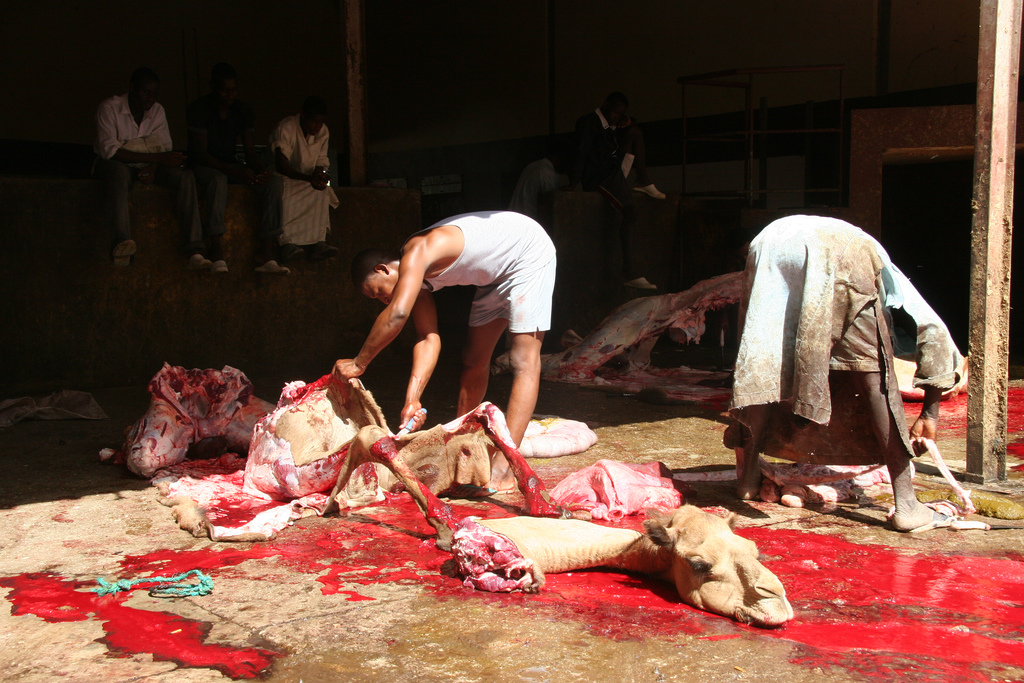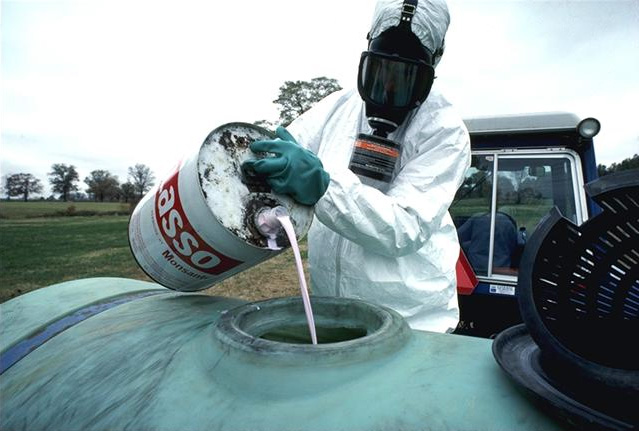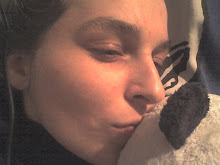Rigor mortis
Rigor mortis is one of the recognizable signs of death (Latin mors, mortis meaning "of death") that is caused by a chemical change in the muscles after death, causing the limbs of the corpse to become stiff (Latin rigor) and difficult to move or manipulate.[1]
[...]
After death, respiration in organisms ceases to occur, depleting the corpse of oxygen used in the making of ATP. ATP is no longer provided to operate the SERCA pumps in the membrane of the sarcoplasmic reticulum, which pump calcium ions into the terminal cisternae.[1] This causes calcium ions to diffuse from the area of higher concentration (in the terminal cisternae and extracellular fluid) to an area of lower concentration (in the sarcomere), binding with troponin and allowing for crossbridging to occur between myosin and actin proteins. [2]
Unlike normal muscle contractions, the body is unable to complete the cycle and release the coupling between the myosin and actin, creating a perpetual state of muscular contraction, until the breakdown of muscle tissue by digestive enzymes during decomposition.
[...]
Rigor mortis is very important in meat technology. The onset of rigor mortis and its resolution partially determines the tenderness of meat. If the post-slaughter meat is immediately chilled to 15°C (59°F), a phenomenon known as cold shortening occurs, where the muscle shrinks to a third of its original size. This will lead to the loss of water from the meat along with many of the vitamins, minerals, and water soluble proteins. The loss of water makes the meat hard and interferes with the manufacturing of several meat products like cutlet and sausage.
Cold shortening is caused by the release of stored calcium ions from the sarcoplasmic reticulum of muscle fibers in response to the cold stimulus. The calcium ions trigger powerful muscle contraction aided by ATP molecules. To prevent cold shortening, a process known as electrical stimulation is carried out, especially in beef carcass, immediately after slaughter and skinning. In this process, the carcass is stimulated with alternating current, causing it to contract and relax, which depletes the ATP reserve from the carcass and prevents cold shortening[citation needed].
http://en.wikipedia.org/wiki/Rigor_mortis





































